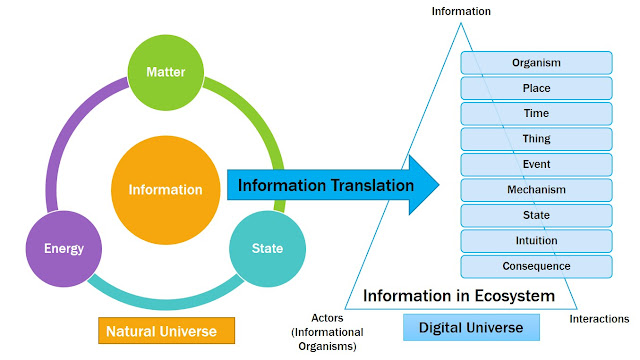Adaptive Design Principles
Designing an adaptive enterprise or business requires fundamental design principles. This post discusses the six broad six categories of adaptive design principles (agility, design thinking, model thinking, resiliency, service thinking and systems thinking) as outlined in the adaptive design principles catalog from The Gill Framework®. These principles can be tailored and applied in a particular context. For instance, these principles can guide the design of the adaptive enterprise capabilities, teams, processes, services, systems etc.
Agility
·
Flexibility: built-in flexible response to
changes
·
Leanness: built-in quality with optimal or
minimal resources
·
Learning: built-in analytics-information for continuous
learning
·
Responsiveness: design for (response) change
·
Speed: quick timely response to changes and
outcomes (e.g. faster time to market)
Design thinking
·
Action-oriented: practical, actionable and outcome-driven
design
·
Fearless experimentation: design spikes, simulation,
prototyping
·
Human-orientation: human-centric, empathetic (e.g.
feeling, emotions)
·
Paradoxical design: balancing intuition-rationale,
ideas
vs counter ideas
·
Showcasing: frequent design showcase, demonstration,
feedback
Model thinking
· Abstraction: abstraction of reality in models
for communication, reasoning and sense making
· Reusability: design for reusability (design
patterns) and standardisation
· Simplicity: making the complex things simple,
simple design process
Resiliency
·
Defend: defence or resistance to attacks or threats,
immediate response for stability
·
Evolve: evolutionary design to evolve into to a
new ‘better’ state
Service thinking
· Customer-orientation: customer-centric, customer-driven
· Service economy: service is the fundamental unit
of exchange (e.g. product or resource in a use is a service)
· Value co-creation: design or value or outcome is
co-created through the active engagement of stakeholders or beneficiaries
· Value determination: beneficiary determines the
value
· Value proposition: continuous discovery of value
proposition (new or better or alternative offerings)
Systems thinking
·
Autonomous: self-sufficient independent components,
parts or elements
·
Context-awareness: scan and sense information
for adaptability
·
Collaboration-oriented: active engagement, collaboration-focused,
participatory design
·
Holism: holistic systems thinking involving
inputs, outputs, outcomes, processes, parts, constraints, culture, norms and
feedback for identifying and dealing with changes for adaptation
·
Interdependent: nested autonomous parts or
elements of the whole (valuenet, value chain, value stream) which cannot exist independently
·
Integrated: open and non-linear integration of heterogeneous
parts or elements
·
Living: a living dynamic system
·
Self-organising: built-in higher-levels of
ordering for outcomes through feedback loops



Comments
Post a Comment